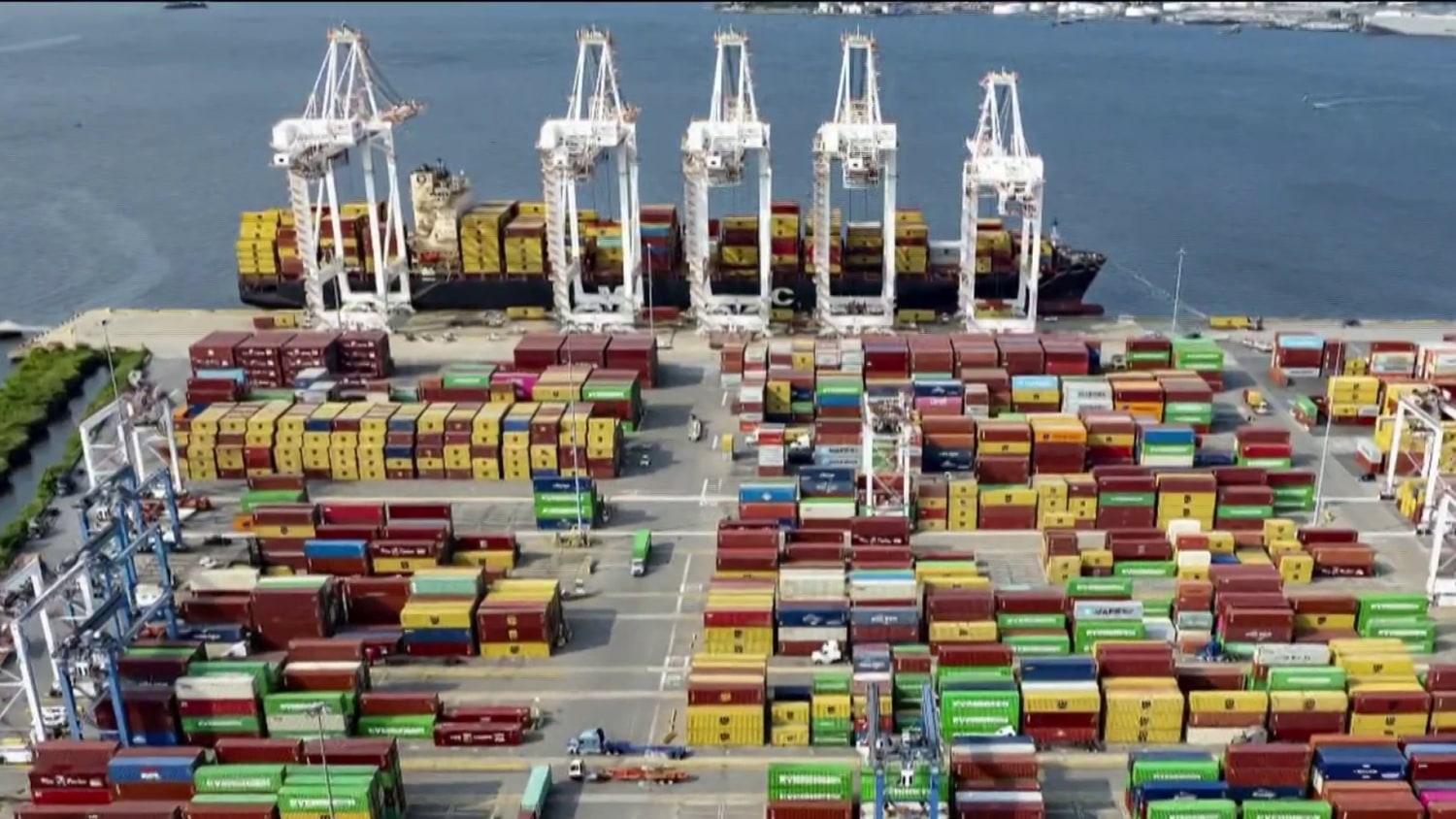The likelihood of a trade conflict between the United States and the European Union has been avoided after former U.S. President Donald Trump decided not to implement a significant duty on pharmaceutical products from Europe. At first, the Trump administration had indicated plans to impose a 250% duty on medications from Europe, which concerned both industry executives and health organizations globally. Nevertheless, after several weeks of intense discussions, both parties have declared an agreement designed to preserve stability in the global pharmaceutical industry.
The proposed tariff emerged as part of a broader strategy designed to protect American manufacturing and reduce the country’s trade deficit. Advocates of the measure argued that U.S. pharmaceutical companies were losing ground to European manufacturers, which benefited from what they viewed as unfair pricing practices and government subsidies.
Trump, who had consistently pledged to focus on American employment and sectors, portrayed the tariff as an essential measure to ensure fair competition. Nonetheless, the 250% rate surprised economists and healthcare professionals, who cautioned that such a forceful approach might have serious repercussions for both consumers and the healthcare industry.
Healthcare organizations in the United States quickly sounded the alarm. A sharp increase in the price of imported drugs would inevitably lead to higher out-of-pocket costs for patients, particularly for medications without domestic alternatives. Essential treatments for chronic illnesses, cancer, and rare diseases—many of which are produced by European firms—could have become prohibitively expensive for American patients.
Experts in the field observed that supply chains are intricately linked across countries, turning pharmaceutical production into an international business. They cautioned that a tariff of this size might have affected the supply of essential medications and caused delays in obtaining crucial treatments. The pharmaceutical sector, already examined for its pricing, was at risk of further instability, which could have exacerbated the healthcare affordability issue.
Understanding the potential consequences, European trade representatives began a set of high-level talks with their U.S. counterparts. Throughout several weeks, the negotiators concentrated on tackling the key issues behind the tariff threat, such as intellectual property rights, research and development investments, and regulatory harmonization.
According to sources close to the talks, the breakthrough came when both sides agreed to a framework that promotes cooperation rather than confrontation. The deal includes commitments to explore joint initiatives that enhance transparency in drug pricing and encourage local production without resorting to punitive tariffs.
Although the complete specifics of the agreement remain confidential, authorities have verified that the proposal for a 250% tariff has been retracted. Representatives from both parties highlighted the significance of ongoing discussions, indicating that trade disputes—while diminished—are not entirely settled.
The announcement was met with relief across the pharmaceutical industry. European manufacturers expressed optimism about the future of transatlantic trade, while U.S. companies welcomed the avoidance of a policy that could have led to retaliatory measures.
Healthcare advocacy groups also applauded the decision, highlighting that maintaining an open and predictable trade environment is essential for ensuring timely access to medications. Experts stressed that any disruption in the global supply chain would ultimately harm patients, regardless of where they live.
Nonetheless, certain experts warned that the fundamental problems persist. The discussion about equitable competition, pricing strategies, and safeguarding intellectual property is still unresolved. Both Washington and Brussels must handle these intricate issues with care to avoid future disputes.
The resolution of this dispute underscores the delicate balance between economic nationalism and global interdependence. While protecting domestic industries is a legitimate policy objective, the pharmaceutical sector operates on a scale where collaboration often outweighs isolationist measures.
This episode highlights that healthcare should not be viewed exclusively as a commodity. Ensuring access to medicines is a vital issue for public health, and trade policies that threaten this accessibility have significant ethical consequences. The choice to refrain from applying such a severe tariff indicates a recognition of these facts.
Trade professionals believe that this deal could lead to more organized collaborations in the field of pharmaceutical research and development. By encouraging collaborative efforts instead of increasing conflicts, both parties can gain from innovation, shared costs, and broader access to advanced treatments.
While the immediate crisis has been defused, the future of U.S.-EU trade relations in the pharmaceutical sector remains a topic of close scrutiny. Ongoing discussions will likely focus on strengthening supply chain resilience, particularly in light of lessons learned during the COVID-19 pandemic, which exposed vulnerabilities in global medical supply systems.
Additionally, policymakers on both sides are under pressure to implement reforms that address affordability without stifling innovation. Transparency in pricing, incentives for local production, and fair competition are expected to remain key elements of future negotiations.
At present, the decision to retract the suggested 250% tariff is generally seen as beneficial. It averts a possible increase in medication costs, safeguards the supply of crucial drugs, and diminishes the chance of an extensive trade conflict between two of the globe’s biggest economies.
In an ever more connected world, this instance highlights the importance of diplomacy in aligning national interests with global health needs. Instead of implementing punitive actions that could harm patient care, fostering cooperative dialogue presents a route to long-term solutions.







